Tech Tip: Conveyor Belt Tension
A Simple, Solid Approach
Ensuring proper belt tension is a vital issue in conveyor operation – one that affects belt tracking, overall belt performance, and the life of the belt itself. All conveyors use some form of take-up device to adjust belt tension to the optimal level – one that not only prevents slippage between the belt and the drive pulley, but also guards against possible material spillage caused by too much belt sag between idlers.
Take-ups also compensate for belt shrinkage or stretch, and allow for extra belt length storage for making belt replacement splices. While take-ups can be either manual (mechanical-style) or automatic gravity, manual take-ups are found in a majority of portable conveyors, particularly those less than 80-feet (24m) in length.
Considerations for Manual Take-Ups
Although manual take-ups are practical and cost-effective in shorter, lighter conveyors, they present challenges. There are many different types and styles of manual take-ups, and many different means used to tighten them. But what they all have in common is even if you know how much tension you need (measured by PIW or pounds per inch of width), it’s difficult to determine just how to get there.
For example, with an automatic counterweighted take-up, you throw so much weight on it and you’re right on tension requirements. But how do you judge if belt tension is too tight or too lax when using a manual take-up? For most operators it’s often a matter of time-consuming trial and error.
Instead, try this simple rule of thumb: Belt sag between return idlers (mounted at 10-foot or 3m intervals) should be between 1-3 inches (25-75mm) no matter the belt size.
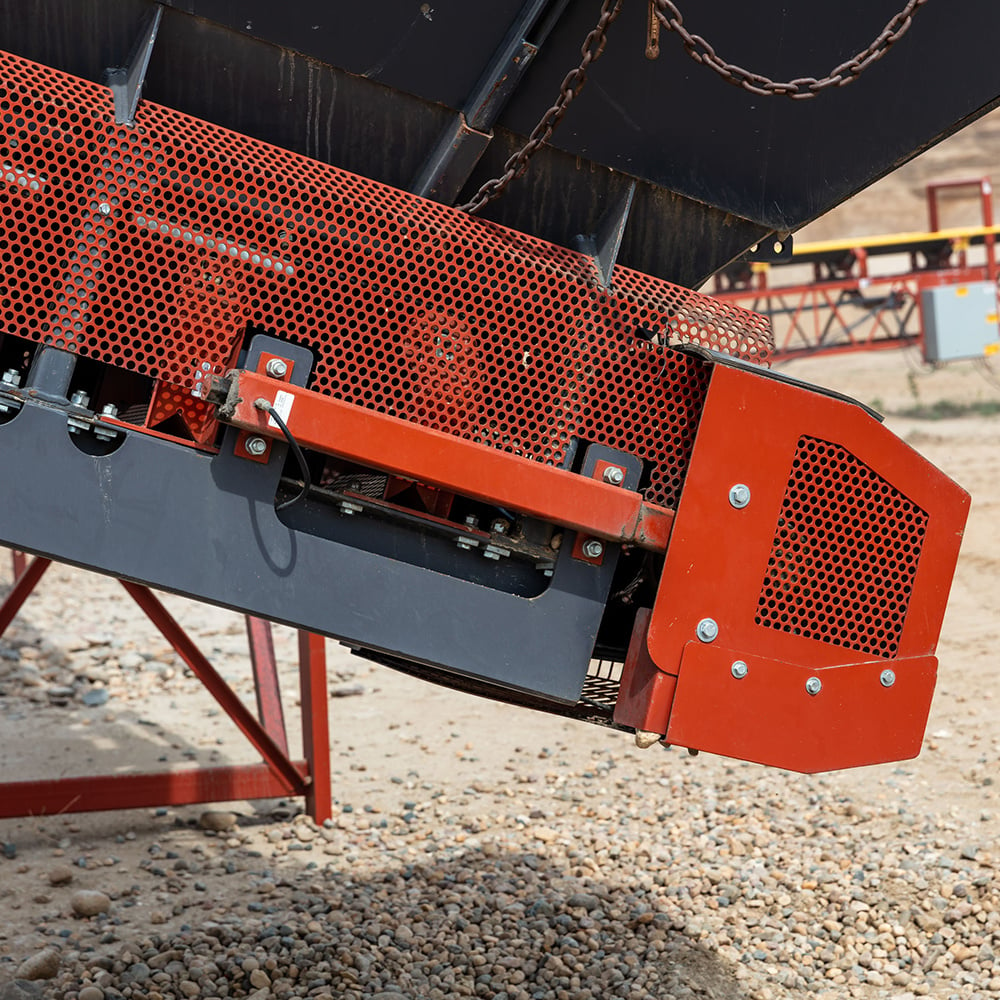
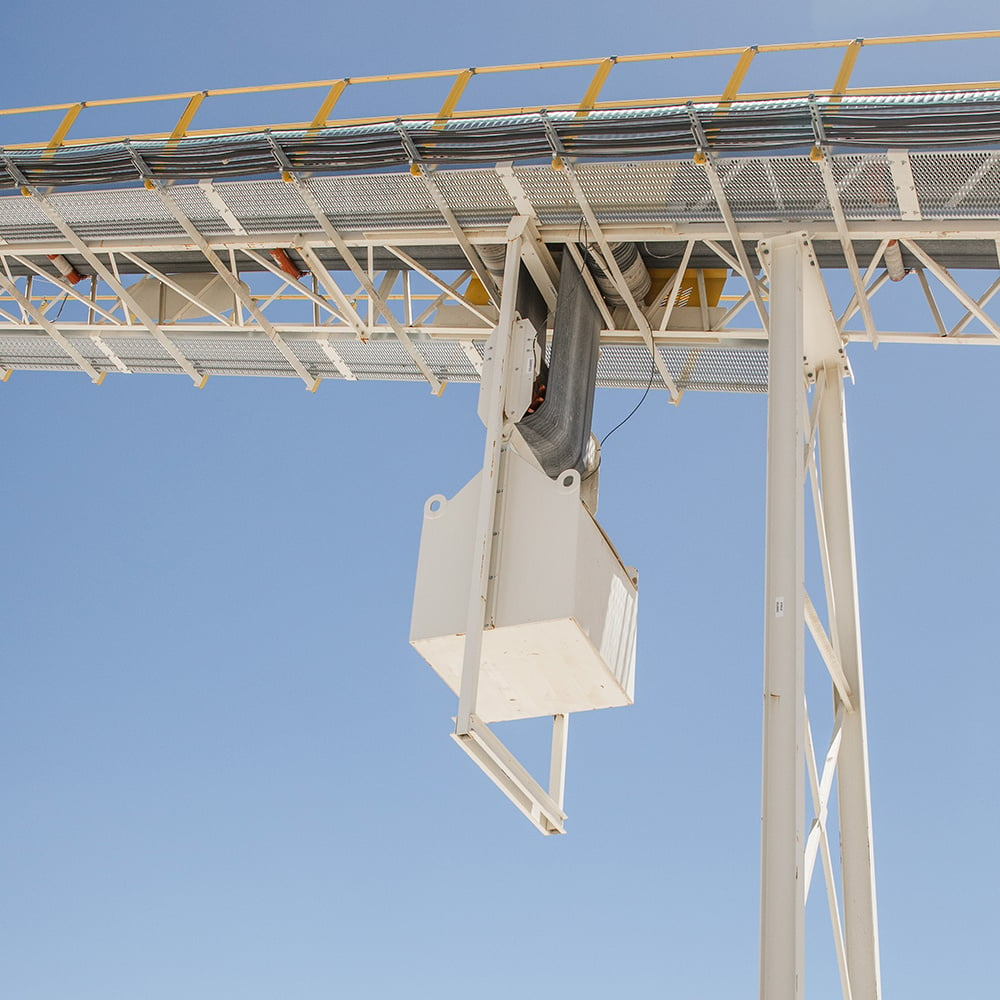
Step-by-Step Process for Determining Belt Sag
1. Take a piece of tape and cut it to 6-inches (152mm)
2. Mark the center at zero
3. Indicate one, two and three-inch (25, 50, 75mm) marks to the right and left of zero
4. Center the tape on your return idler roll
Certainly with the stretching and wearing process involved in installing a new belt, tensioning can become an everyday task, so specifying the right take-up system is important. But after initial stretching, belt retensioning becomes just another facet of your scheduled routine maintenance program. The simple tips we’ve shared can make the chore quick and easy.
Proper belt tension is critical to efficient conveyor operation. Consult with your equipment dealer or manufacturer to choose the most effective, easy-to-operate take-up systems.

OptimizeU - Strategic Learning
Pursue greater production with comprehensive online courses in crushing, screening, conveying, and washing. Check out the premiere training resource in the construction aggregates industry.
Related Content
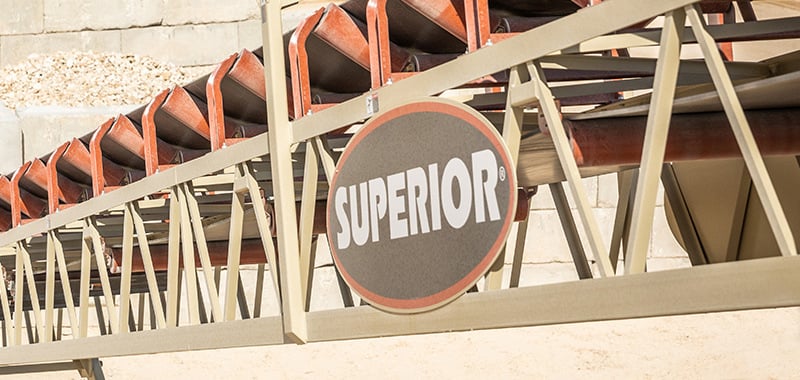
Conveyor Maintenance: Basic Design to Increase Your Uptime
Designing a conveyor to be maintenance friendly means providing adequate provisions for necessary service from the onset.
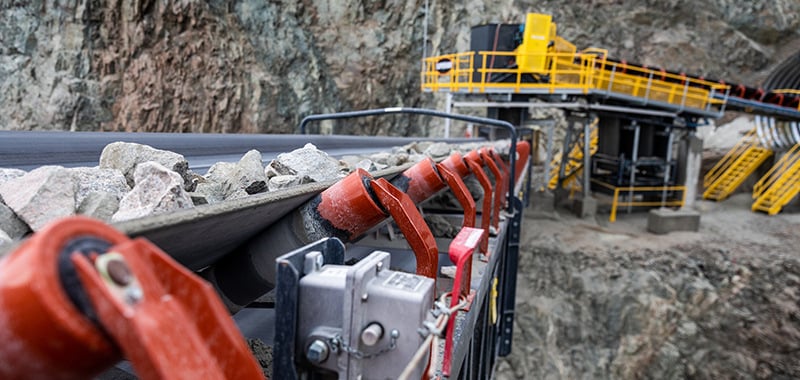
Conveyor Idlers: Don’t Overlook This Most Critical Component
While reliability of each conveyor component is key, it’s the often overlooked idler that should always receive proper consideration.
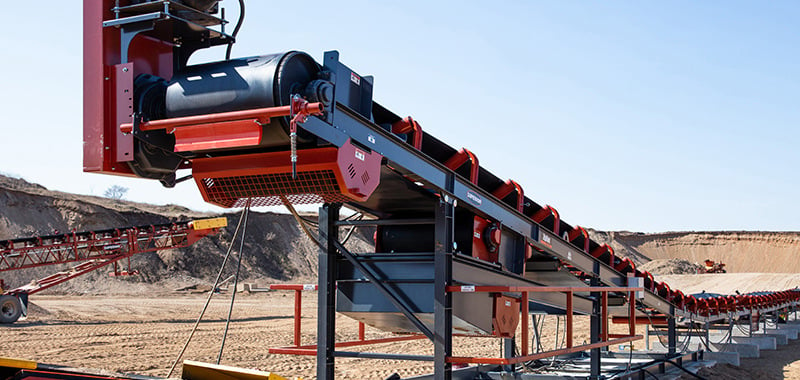
Conveyor Snub Pulleys: A Simple Solution to Belt Slippage
Mounted close to the drive pulley, the snubs primary job is to increase wrap angle around the drive pulley, thereby increasing traction.
